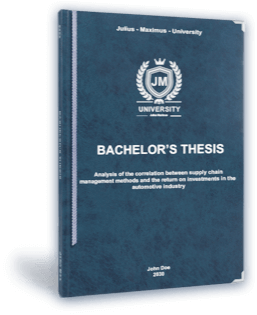
Split infinitives are a common phenomenon in academic writing and the realm of language rules. An infinitive refers to the fundamental form of a verb, usually introduced by the word “to.” Split infinitives emerge when adverbials or adverbs are placed between “to” and the verb. It is widely argued that split infinitives pose grammatical errors, however, most style guides accept them. This article will define split infinitives and illustrate how they are used correctly in a sentence.
Definition: Split infinitives
An infinitive defines a verb in its uninflected form, e.g., “to do,” “to go,” “to say,” “to make,” etc. A split infinitive is a type of modifier — specifically a misplaced modifier — that occurs when an adverb or other word is inserted between “to” and the verb in an infinitive phrase. Although split infinitives are common in English and improve emphasis, some traditionalists frown upon their use since the infinitive is considered to be a single unit, and placing an adverb in between disrupts that unity.
When to split an infinitive
Although traditional grammar rules once frowned upon split infinitives, modern usage has become more flexible. Below are the main reasons why you might choose to split an infinitive.
1️⃣Emphasis: If you want to give extra emphasis to a specific part of the action, splitting the infinitive can help, especially in creative writing or speeches.
2️⃣Clarity and flow: Sometimes a split infinitive can make a sentence easier to understand and more fluid. If that’s the case, it’s often better to split it.
3️⃣Informal usage: In contemporary English, especially in casual speech, split infinitives are widely accepted and often sound more natural.
- ✓ 3D live preview of your individual configuration
- ✓ Free express delivery for every single purchase
- ✓ Top-notch bindings with customised embossing

When not to split an infinitive
While split infinitives are acceptable in modern English, there are still times when avoiding them is the better choice. Here are some examples on when you should avoid split infinitives.
1️⃣Avoid ambiguity: If splitting the infinitive creates confusion, it’s best to avoid it. The placement of the adverb should be clear to the reader, and not muddle the intended meaning.
2️⃣Formal writing: In formal or academic writing, split infinitives are still often viewed as too casual or stylistically weak.
FAQs
A split infinitive occurs when an adverb or other word is inserted between “to” and the verb in an infinitive form.
Example
- “She decided to quickly finish her homework.”
In this case, “quickly” splits the infinitive “to finish.”
Splitting infinitives was considered grammatically incorrect by traditional grammar rules as some believed that it disrupted the natural flow. Nowadays, this rule is largely disregarded in favour of emphasis and clarity. While it’s not bad, it’s best to avoid splitting infinitives when it causes ambiguity or sounds awkward.
One of the most famous split infinitives comes from Star Trek:
- “To boldly go where no man has gone before.”
No, it’s not grammatically incorrect. While it’s a split infinitive, the structure in Star Trek is actually effective for adding emphasis- In formal writing, however, you should avoid splitting infinitives.